Stuck on the treadmill? How to upgrade your workout
Get the most out of the equipment in your gym with this experts’ guide to the apparatus.
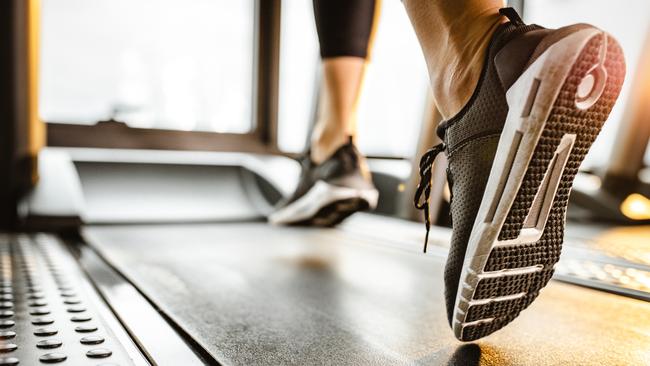
Who can say, in all honesty, that they love a treadmill or are thrilled at the prospect of hopping on to a rowing machine?
The cardio zone is an area of the gym that often gets skirted round by those making their way to the free weights or fixed machines. Statistics from the annual UK Fitness Report reveal that strength and “functional training areas” are far more popular (as voted by 93 per cent of gym managers) than the cardio equipment we have all come to dread.
It’s not just the sweaty effort required to complete a workout on a treadmill, elliptical, rower or bike that puts people off, but also that staring at a screen or wall for 30 minutes feels intolerable.
Here’s how to make the most of the machines we most love to loathe.
Treadmill
Running or walking outside may bring a host of benefits, but, boredom aside, the treadmill doesn’t necessarily come up short when compared with doing the same activity in the great outdoors. In fact, treadmill walking has been shown to work the quadriceps muscles at the front of the thigh slightly harder than outdoor walking.
Meanwhile, a review of 33 studies comparing treadmill and outdoor running that was published in the journal Sports Medicine concluded that most of the fitness benefits were “comparable”, although runners did tend to change their natural technique on the indoor machine.
“The foot-ground contact time tended to be longer when running on a treadmill, which means runners harness less energy with each stride,” says Sam Murphy, a running coach and the author of Run Your Best Marathon. “And the force applied to the ground as they pushed off a motorised belt was also lower, both of which would mean more effortful running.”
For these reasons, it is best to vary the terrain on which you run or walk, taking to the treadmill for one out of every three to five workouts. It’s a good idea to check your technique if you can see yourself in a mirror. “Be aware of auditory feedback too,” Murphy says. “Listen out for a heavy-footed or uneven stride pattern and then experiment with ways to run more lightly and evenly, which will help to reduce the risk of injuries.”
What to try: If you are a treadmill novice, try a modified version of the 12-3-30 workout, which is merging as one of the biggest fitness trend this year. It involves setting the treadmill belt to a significant incline of 12 per cent and a speed of 3 miles per hour (about 5km/h), the average walking pace, and walking for 30 minutes. But starting with a gentler incline is a good idea if you are new to fitness walking.
Trainer Alin Ursache suggests that those who are used to running should set the treadmill timer for 25 minutes and warm up for five minutes, gradually increasing the speed to 6km/h if possible. “Run at what feels a brisk pace to you – for most people this is between 6.4-6.8 km/h – for another five minutes,” Ursache says. “Then alternate 1 minute of jogging at 7.5km/h with two minutes of brisk pace and repeat 3-5 times before cooling down.”
Because they provide a precisely controlled running environment, treadmills are also great for checking your fitness progress with time trials every four to six weeks, according to Murphy. “Select your time – 12 minutes is a good test of endurance – and go for it at the best pace you can maintain for the duration,” she says. “Keep a record of results to monitor your progress.”
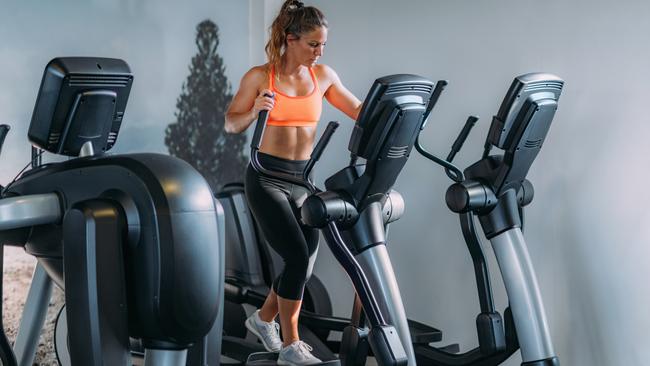
Elliptical
With the feet constantly connected to the pedals, there is less strain on the joints when you use an elliptical and it is a great low-impact alternative to running and aerobics. “It is ideal for overweight people or anyone with hip, knee or tendon problems,” says Dr Silvano Zanusa, a visiting professor at the University of Greenwich’s faculty of science and the director of Technogym’s medical and scientific department. “The fact that it is performed in an upright position and involves the action of gravity makes it helpful for preventing or treating osteoporosis too.”
Studies show that physiological measures such as oxygen consumption, heart rate and fat burning do not differ between the treadmill and elliptical trainer, meaning it is a good substitute for running if you are injured. Elliptical training has also been shown to engage the quadriceps and hamstring muscles more effectively than other indoor cardio equipment.
Posture is important and there are two big mistakes people make when using the machine.
“One is leaning forward or backward when the trunk should always be aligned with the body’s centre of mass,” Zanusa says. “And the second mistake is to point the knee inward when doing the exercise – termed a ‘valgus’ position – as that can cause excessive stress on knee joints, particularly stressing the articular cartilage that covers the ends of bones.”
What to try: If you are not the fittest and have never trained on an elliptical before, Zanusa says the best way to start is with a total 15-minute session the first few times you use the machine. Plan the exercise in three phases: a five-minute gentle warm-up, a five-minute central phase at a higher intensity or with some 20-second intervals of hard effort, then a five-minute cooldown at lower intensity,” he says. “After a few sessions of doing this you can try to increase the duration of the middle section by three to five minutes or raise the intensity of the workout by going harder, but not both at once.”
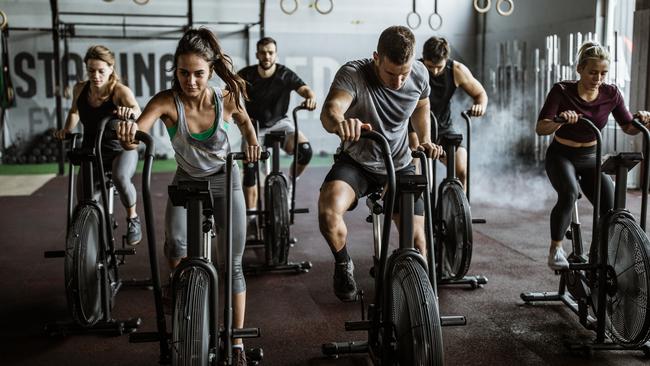
Bike
Phil Cavell, the author of The Midlife Cyclist, says outdoor cycling “is palpably better for balance, riding skills and cognition as well as general mood”, but that indoor biking does have its uses.
He says a high-intensity bike session once or twice a week is a good option for even the keenest cyclist provided you are aware of the pitfalls. Whereas riding outdoors is a relatively dynamic affair, you sit in a fixed position indoors and will need to make allowances for this.
“While on an outdoor ride you are always subtly shifting as the bike moves underneath you, banking around corners, stopping, rising out of the saddle over a hill, but the same can’t be said for indoors,” says George Caines, a sports therapist and the head of education at Wattbike. “You should try to stand up every five minutes, changing positions to relieve pressure and restore blood flow.”
Too much time in the saddle is the reason why saddle soreness is a bigger issue with indoor cyclists, says Phil Burt, a former lead physiotherapist at British Cycling and the author of Bike Fit. “The best sessions to do on an indoor bike are short-duration, high-intensity workouts,” he says. “Keep the longer recovery and endurance rides to the outdoors where many people can ride for much longer without a hint of soreness.”
Also, progress within your means. “It’s easy to ride above sensible and recommended zones on a static bike, especially if you are competing virtually against other people,” Cavell says. “This lessens the training effect and negatively influences your recovery, so set a duration and intensity you can comfortably manage.”
What to try: Caines advises getting used to the bike with five minutes’ steady cycling to warm up, “starting very slow and raising the intensity as your body gets going”, then a 10-15 minute section of higher-intensity cycling and a 5-minute cooldown spin. After a couple of weeks, think about adding intervals to that middle section of your indoor ride – 6 x 10-15-second bursts with 30 seconds of recovery pedalling – and always cool down at the end.
Build up to a 20-minute workout involving 2-3 sets of six repetitions of 30-second, high-intensity efforts, with just 15 seconds of recovery between reps and three minutes of pedal recovery between sets.
Even highly trained cyclists who did this type of session – they did three sets of 13 reps three times a week for three weeks – got much fitter than a group who did sets of four five-minute repetitions at a lower intensity with two minutes 30 seconds of recovery between each.
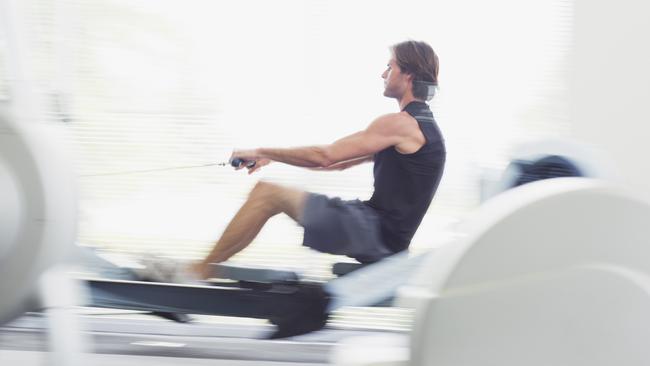
Rowing machine
Rowing can feel ridiculously hard for a reason – it works more muscles than most forms of exercises, engaging the calves, hamstrings, glutes, abs, quads, obliques, pecs, biceps, triceps, deltoids, upper back and lats with every stroke.
Pele Zachariah, the head of performance at Rowbots studios, says the biggest mistake made by people new to the machine is to row like the clappers from the outset. “Technique goes out the window and they last about three to five minutes.”
As a movement form, rowing isn’t intuitive and it’s easy to make technical mistakes, the most common being to raise the knees prematurely, focusing too heavily on the arm pull and overarching the back, all of which pave the way for niggles. Making the stroke longer and slower is far more effective than pulling hard and fast.
“You are aiming for a consistent stroke rhythm, what we call ‘the machine mindset’, that provides a psychological boost too,” Zachariah says. “There are a lot of metrics on a rowing machine monitor that can often overwhelm people and I would suggest initially just rowing ‘by feel’ – that is, sinking into your stroke rhythm on the rower and aiming to hit a pace that feels maintainable for 10-15 minutes.”
By default, this pace will be sub-maximal, which enables you to build aerobic volume, rather than short sharp bursts that leave you feeling floored. “When you do start using metrics, the easiest one to focus on is the 500m split time, which shows a constantly updated speed across a 500m distance,” he says.
What to try: Once you get used to how the rowing machine feels and works, Zachariah suggests scheduling a mixture of one to two short interval sessions and one to two steady endurance rows for a total of three to four rowing sessions a week.
“For an interval session, warm up with easy rowing for three to five minutes, then try something like 200m hard effort and 90 seconds of recovery-pace rowing for 10 to 15 minutes. Combine this with steady state, slow and controlled focused sessions, such as 20 minutes at a comfortable six to seven out of 10 pace for effort, on other days.”
As you get fitter, increase the effort distance to 500m and reduce the recovery time to 60 seconds, while gradually increasing the number of total intervals. “For the endurance-focused sessions, gradually increase your steady state row to 20-30 minutes’ duration depending on fitness level,” Zachariah says. “Group rowing classes are a great option and the action class at Rowbots is perfect for newcomers.”
The Times


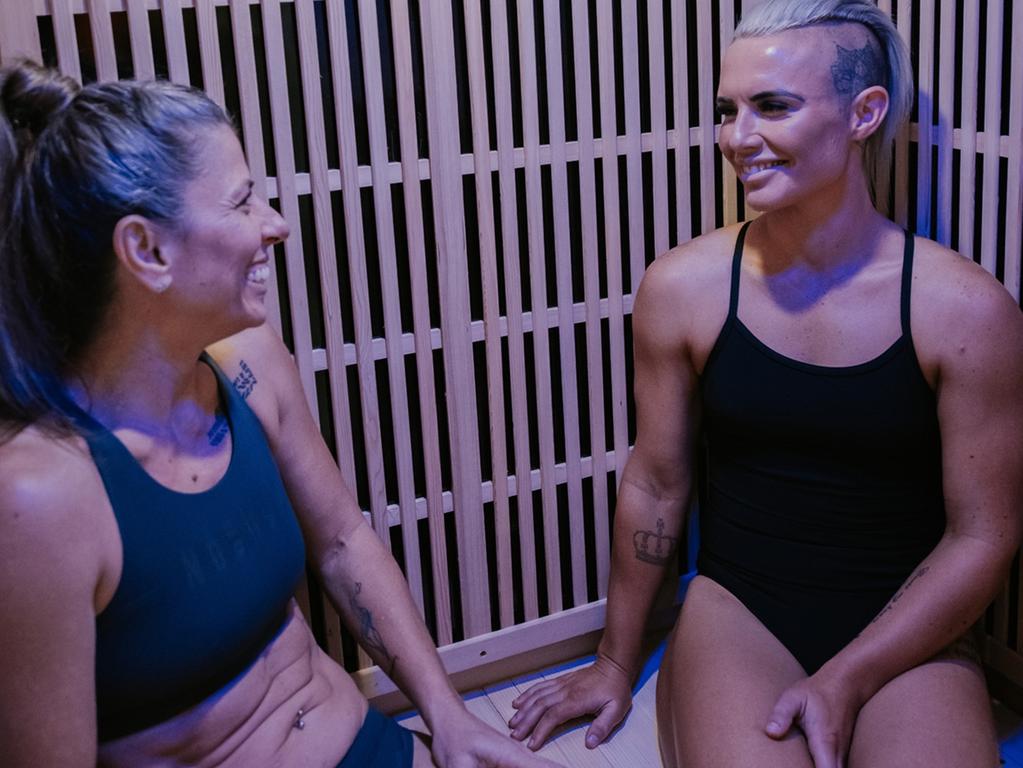
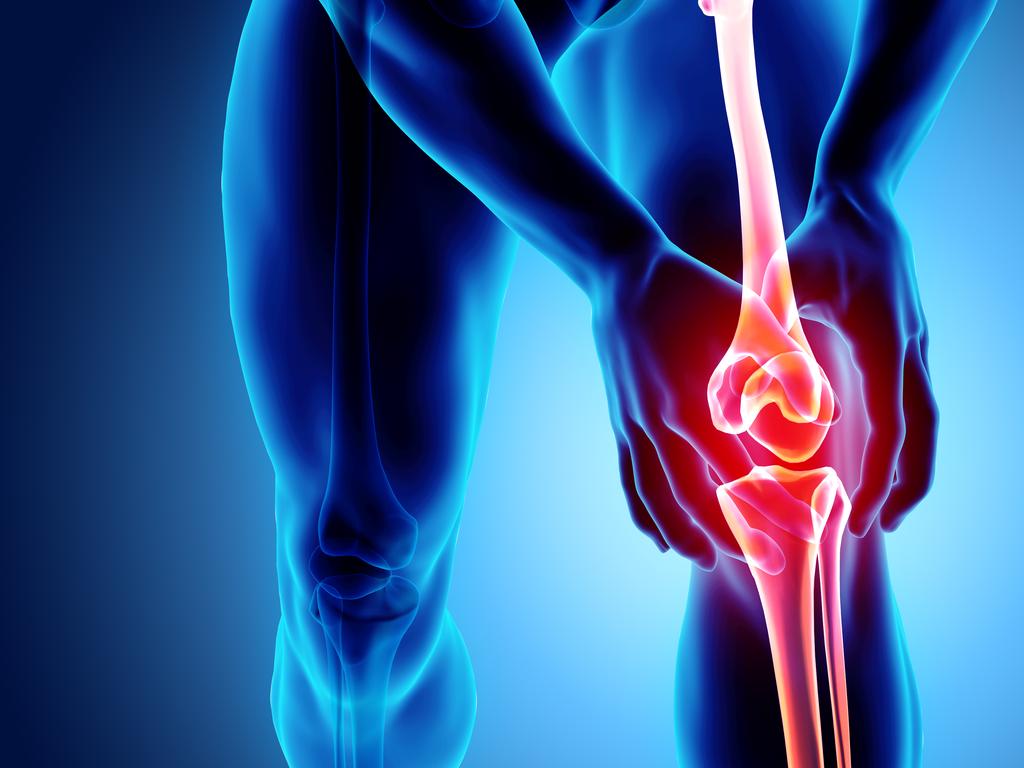
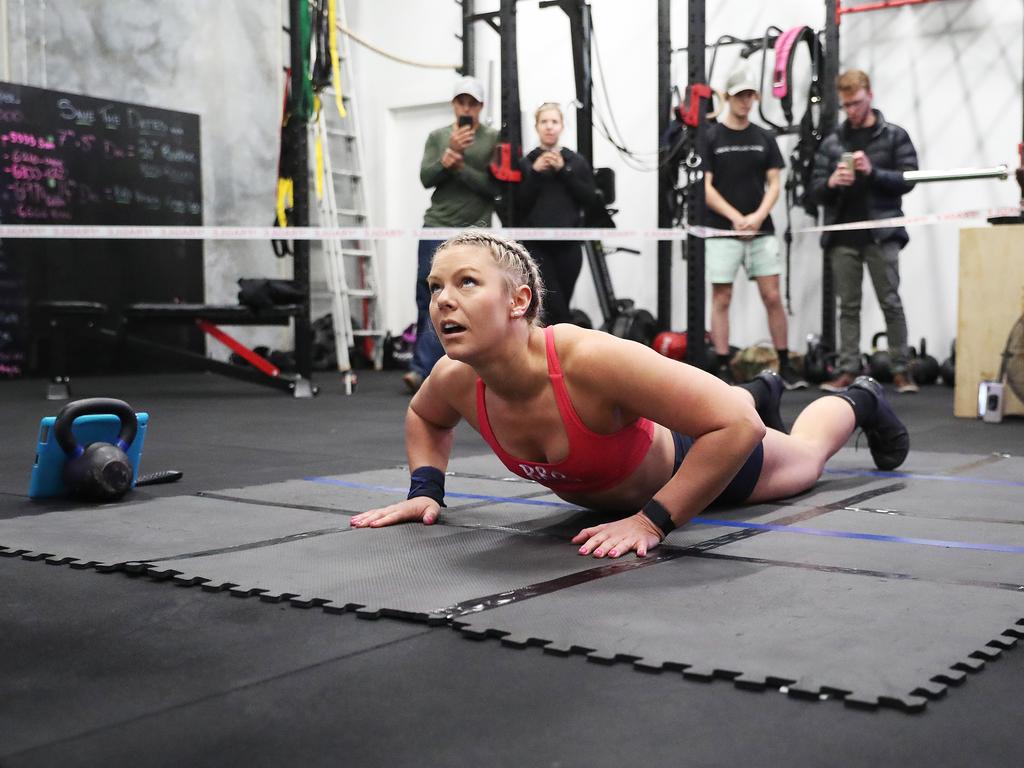


To join the conversation, please log in. Don't have an account? Register
Join the conversation, you are commenting as Logout